Today, the biggest news comes from the Donetsk region.
Russia is pushing ahead with remote control tank concepts designed to keep armor in the fight while sparing crews from the heavy casualties of direct assaults. Early tests already suggest these machine will soon be moving into practice, but the reality shows that they will be used only recklessly, further skyrocketing Russian armor losses.
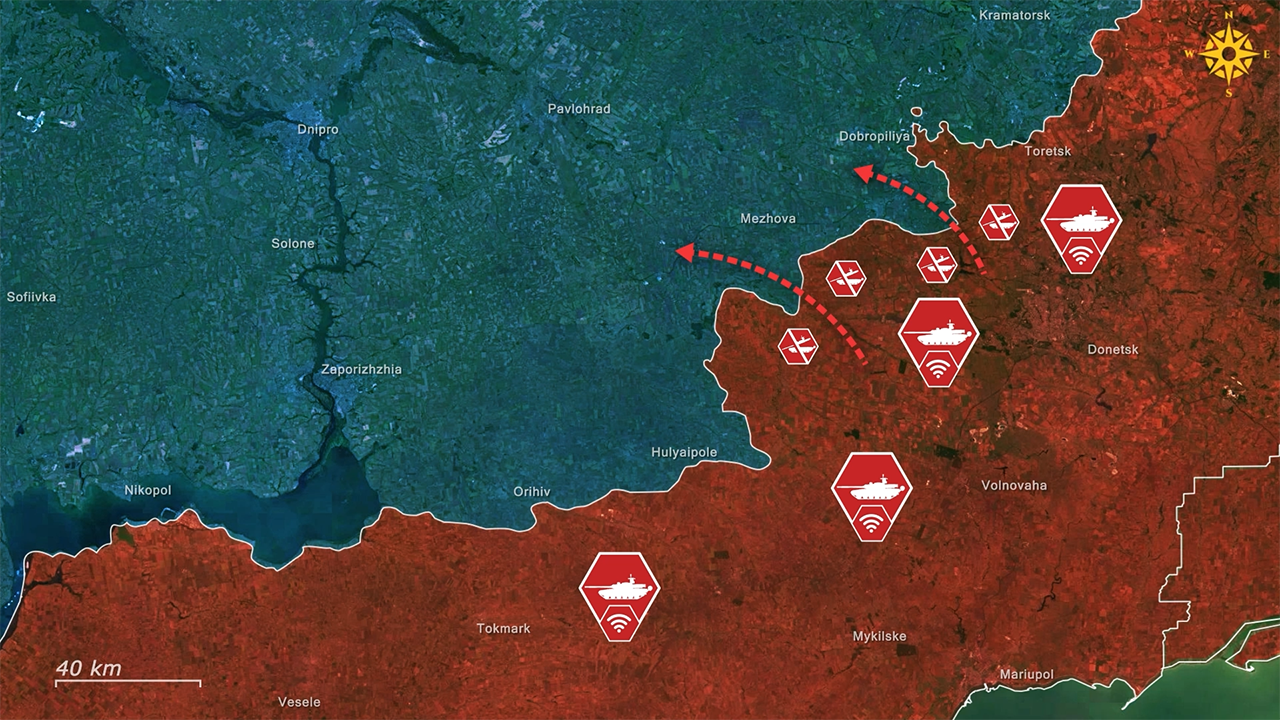
Recently, footage appeared of Russia testing a new unmanned tank, giving the first glimpse of how Russia hopes to keep its armor active while limiting crew casualties. The idea is simple, rather than exposing crews directly to danger, Russian engineers are attempting to adapt T-72 and T-90 hulls by installing remote control systems that are collectively described under the Shturm project.


In this concept, a separate command vehicle coordinates and directs one or more modified platforms, linking them through a control system that transmits operator input over short ranges. The modified tanks are fitted with several cameras and thermal optics that feed live images back to the operator. Factory footage of the prototypes has revealed additional physical modifications such as bulldozer blades mounted on the chassis and shortened main guns, features that suggest a design intended for close-range breaching in dense urban environments, where survival rates for manned armor have been particularly low.
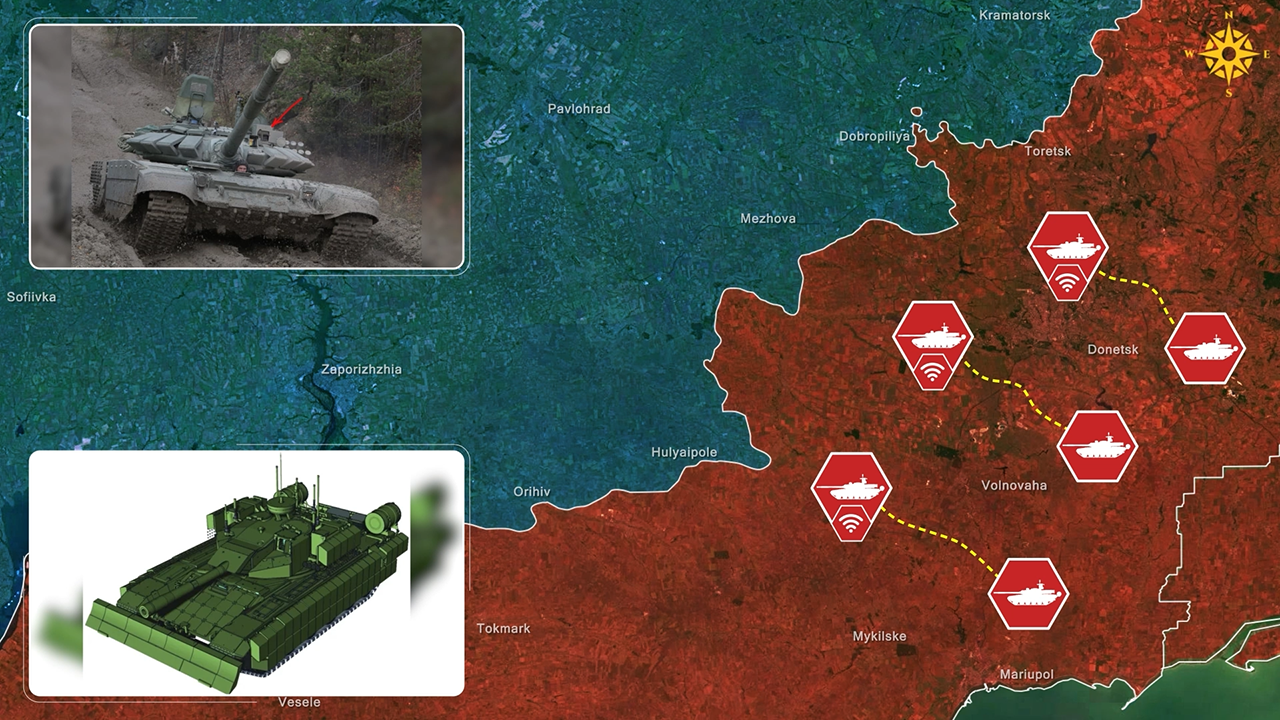
On paper the technology appears workable, but in practice its feasibility is doubtful. Russia currently produces only about one hundred new T-90 variants each year, a figure that does little to offset the immense losses at the front, estimated at more than 11,230 tanks destroyed since the start of the war. Introducing complex remote-control modifications into production would almost certainly reduce this already limited output, placing further strain on factories under pressure to replenish frontline units. Meanwhile, satellite imagery shows that Russia’s reserves are steadily shrinking; large numbers of older T-62 and even T-54-55 tanks have been pulled from depots such as Buryatia and Arsenyev. Many arrive at the front with degraded optics, worn engines, and outdated armor that need major refurbishment, while others never leave the yards intact and are instead stripped for spare parts to keep T-72’s and T-80’s running.
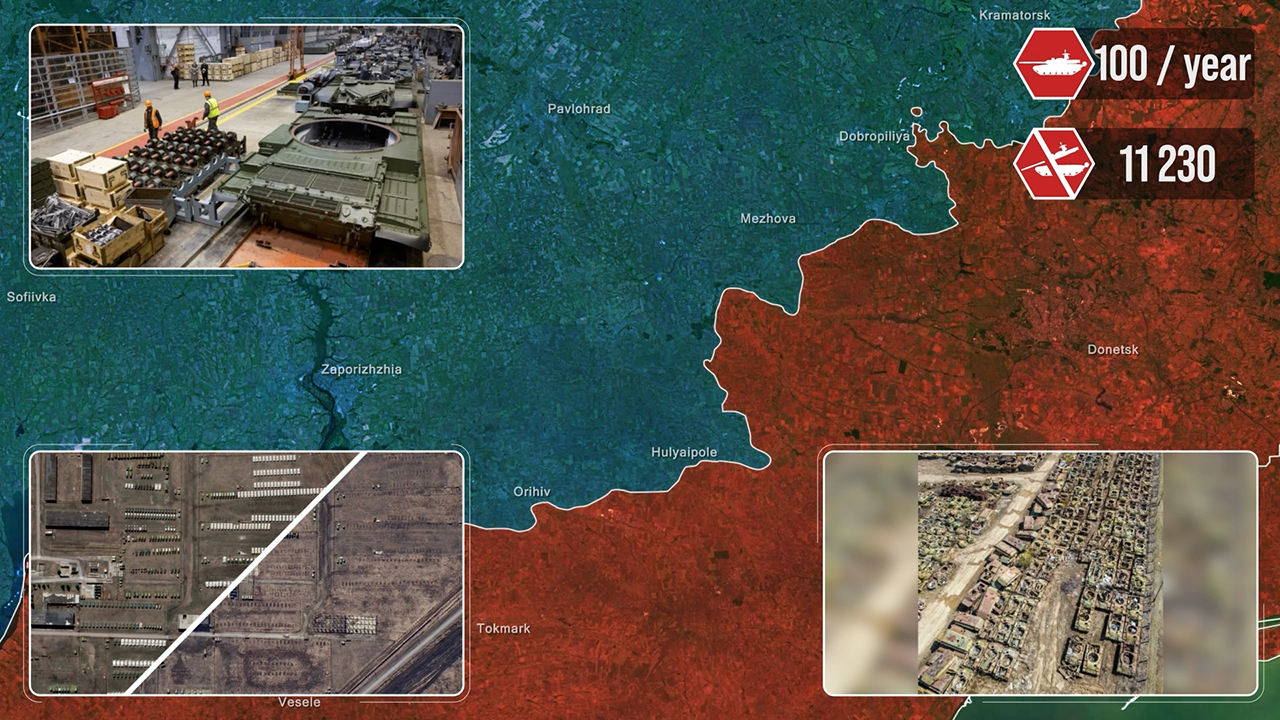
While some of these vehicles could be converted into remote-controlled platforms, every modification reduces the pool of tanks that might otherwise be restored for manned use. This underscores Moscow’s desperation to send machines in place of men, as fewer recruits are willing to risk what Ukrainian soldiers call the Russian space program, being blown sky-high out of their tanks.

If deployed, these vehicles would serve specific battlefield purposes, for example, they could be used to lead assaults through minefields, force paths through rubble in dense cities, or deliberately draw enemy fire in reckless frontal attacks. The bulldozer blades and shortened guns visible on prototypes emphasize this sacrificial breaching role, with commanders expected to send waves of remote-controlled tanks forward to absorb the first hits while manned armor and infantry follow behind.
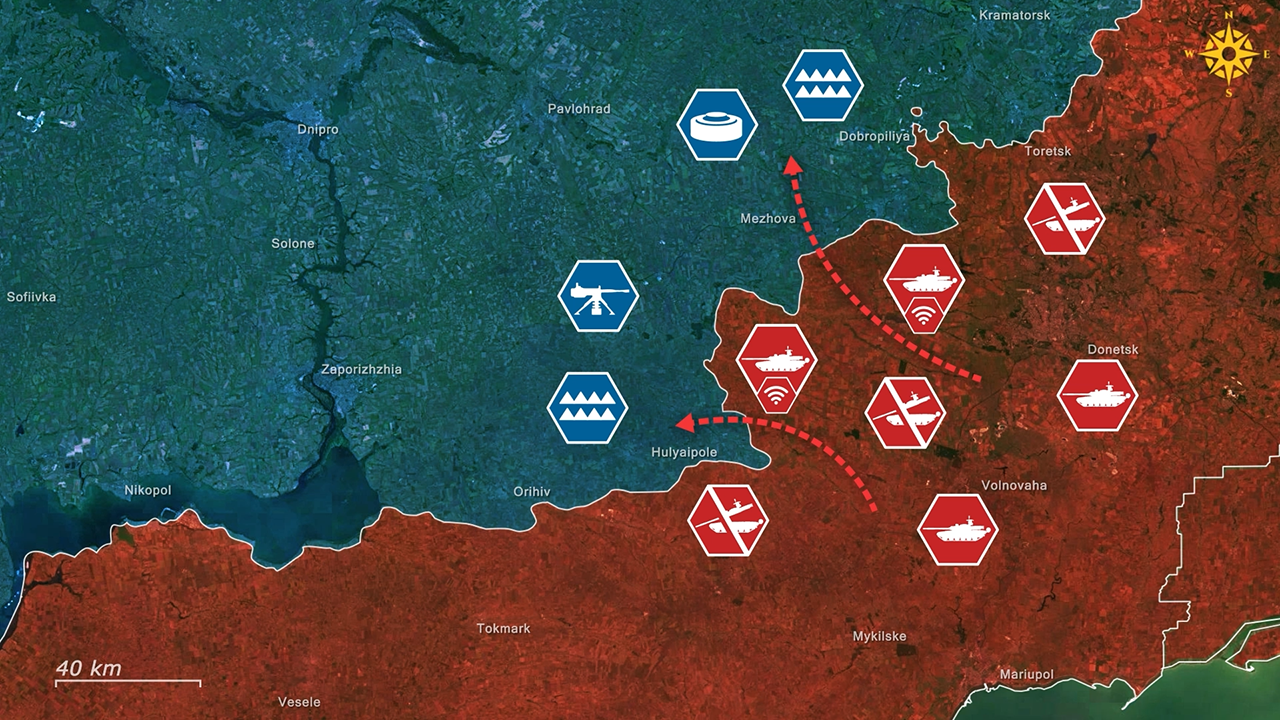
They could also be assigned to defensive tasks, such as resupply runs across exposed ground or carrying electronic jammers into contested areas. Yet the very fact that they are unmanned makes it more likely commanders will commit them carelessly, which in turn will drive Russian armor losses even higher than they already are.

However, the new Russian system is already showing serious flaws, as its remote-control links remain highly vulnerable to jamming, a weakness that can render the entire platform ineffective in contested environments. The limited field of view from its cameras further reduces situational awareness, leaving operators far more likely to steer straight into ambushes or traps. This underscores both the potential and the limitations of unmanned systems, as these machines can perform a wide range of tasks effectively, but become easy to neutralize once the enemy is alerted and has found its weak spots.
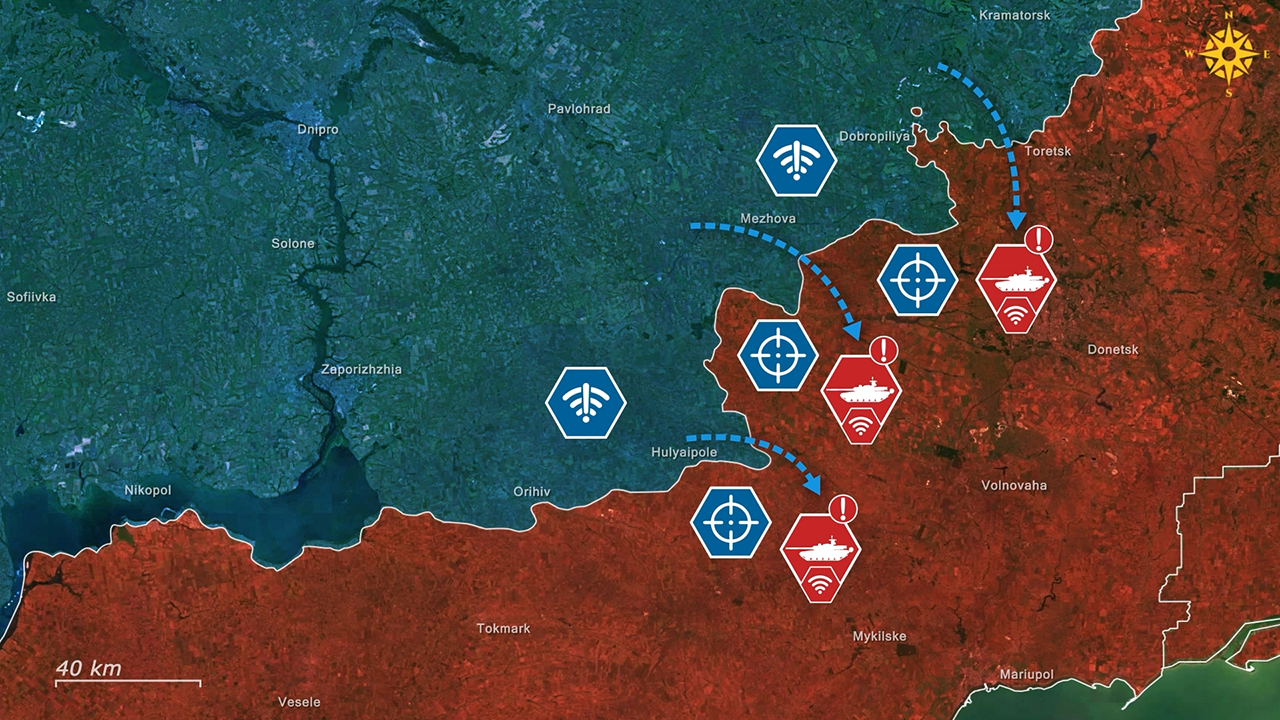
Overall, remote-controlled tanks are an improvisation rather than a revolution, appearing only in limited numbers and confined to niche roles. They cannot resolve Russia’s production shortfalls or the underlying weaknesses of its armored forces, turning them into a stopgap rather than a breakthrough. Their deployment may save some crews in the short term but will accelerate the depletion of the vehicle fleet and force Ukraine to adapt with more reconnaissance and electronic warfare assets. The real test ahead is whether Ukraine can transform these machines from a potential threat into yet another Russian vulnerability.










.jpg)
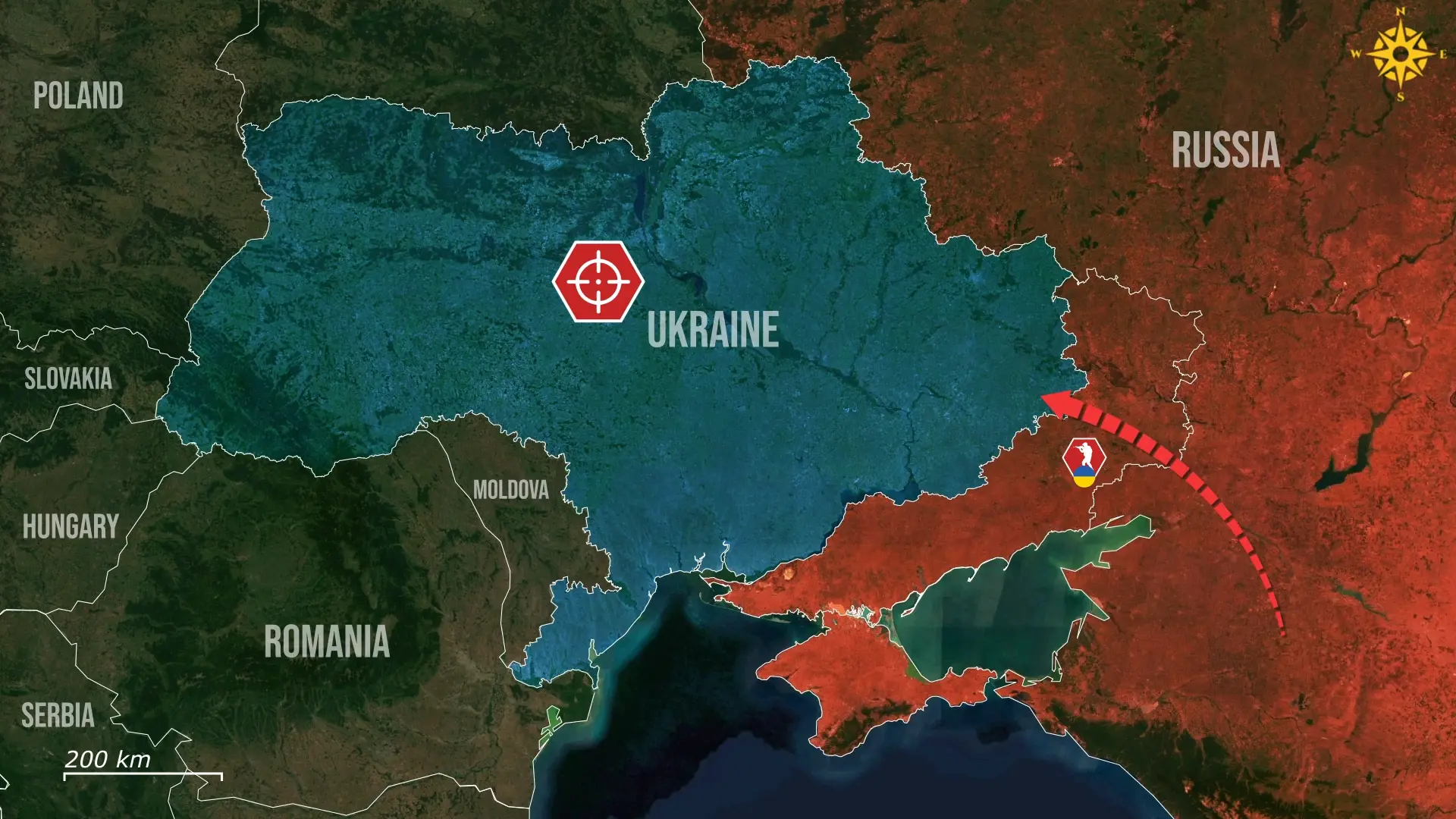

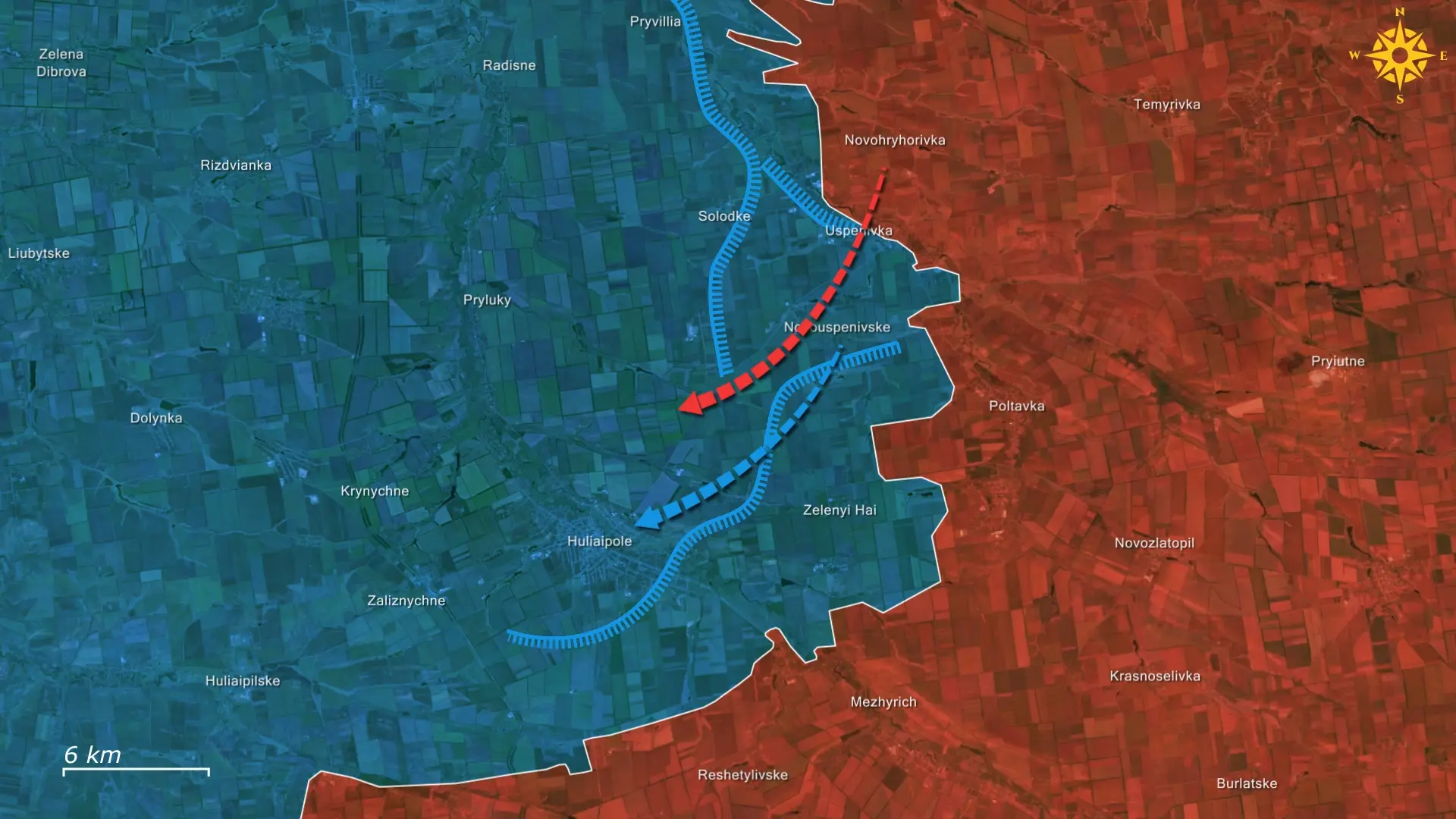

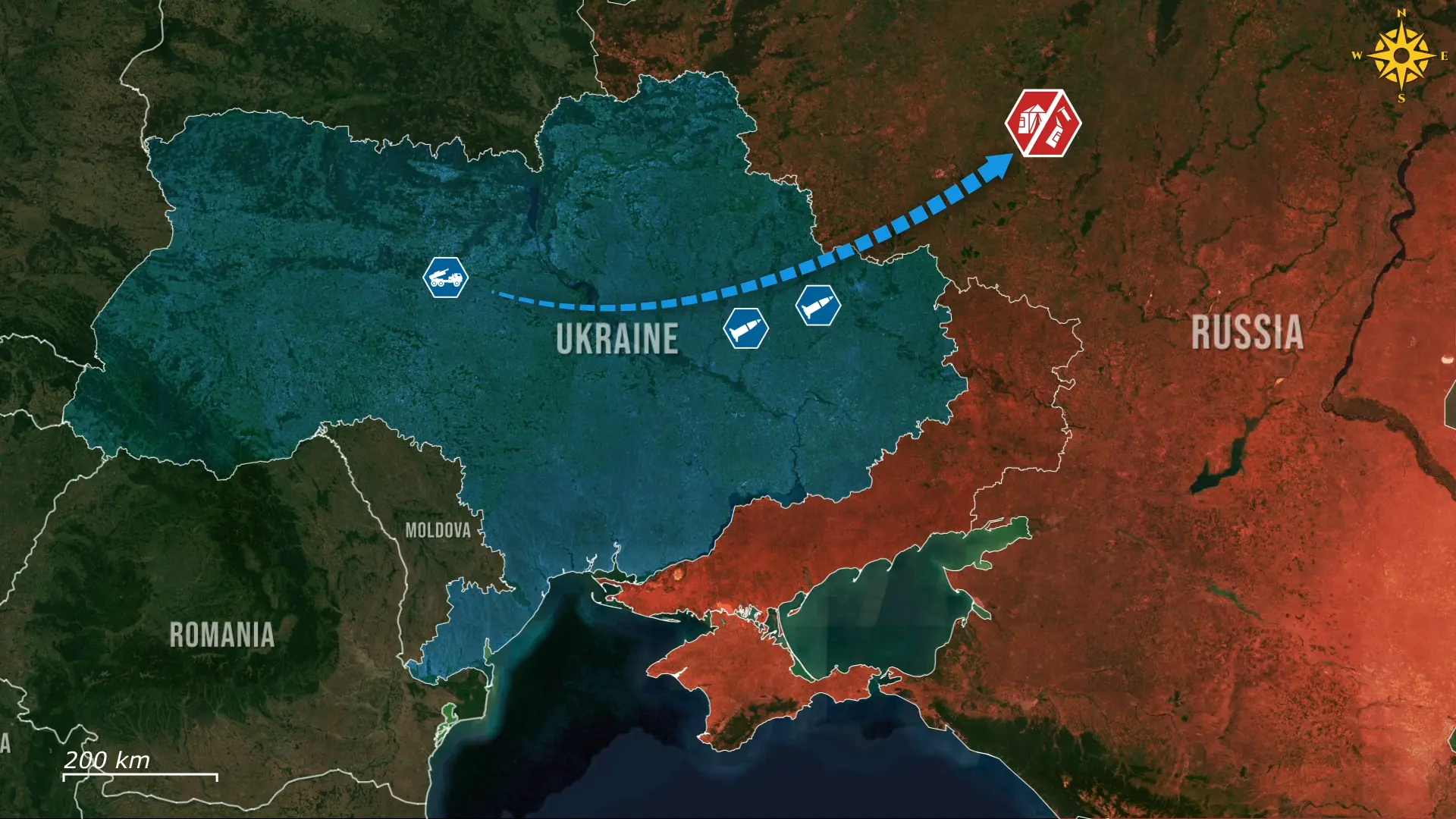
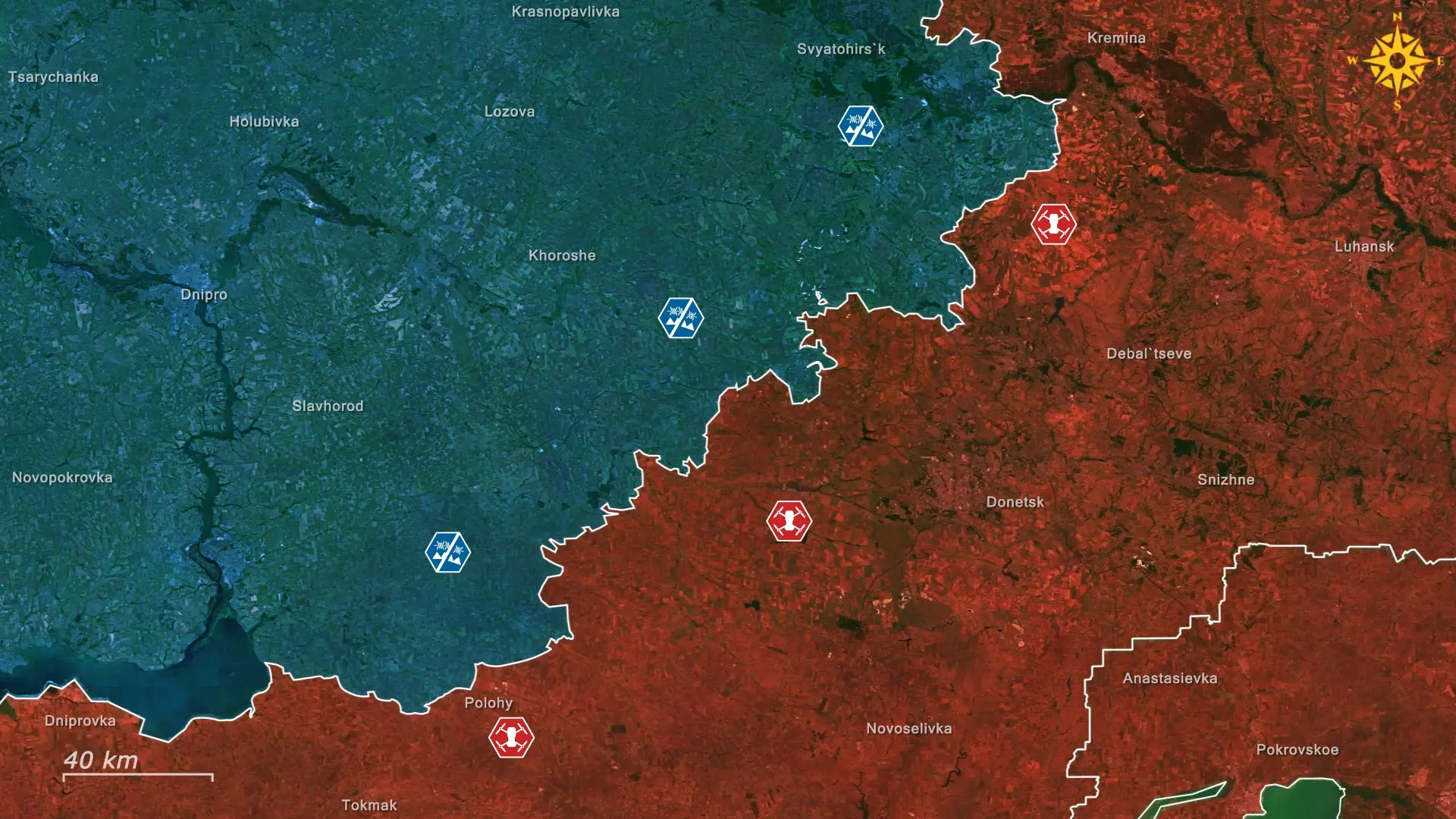
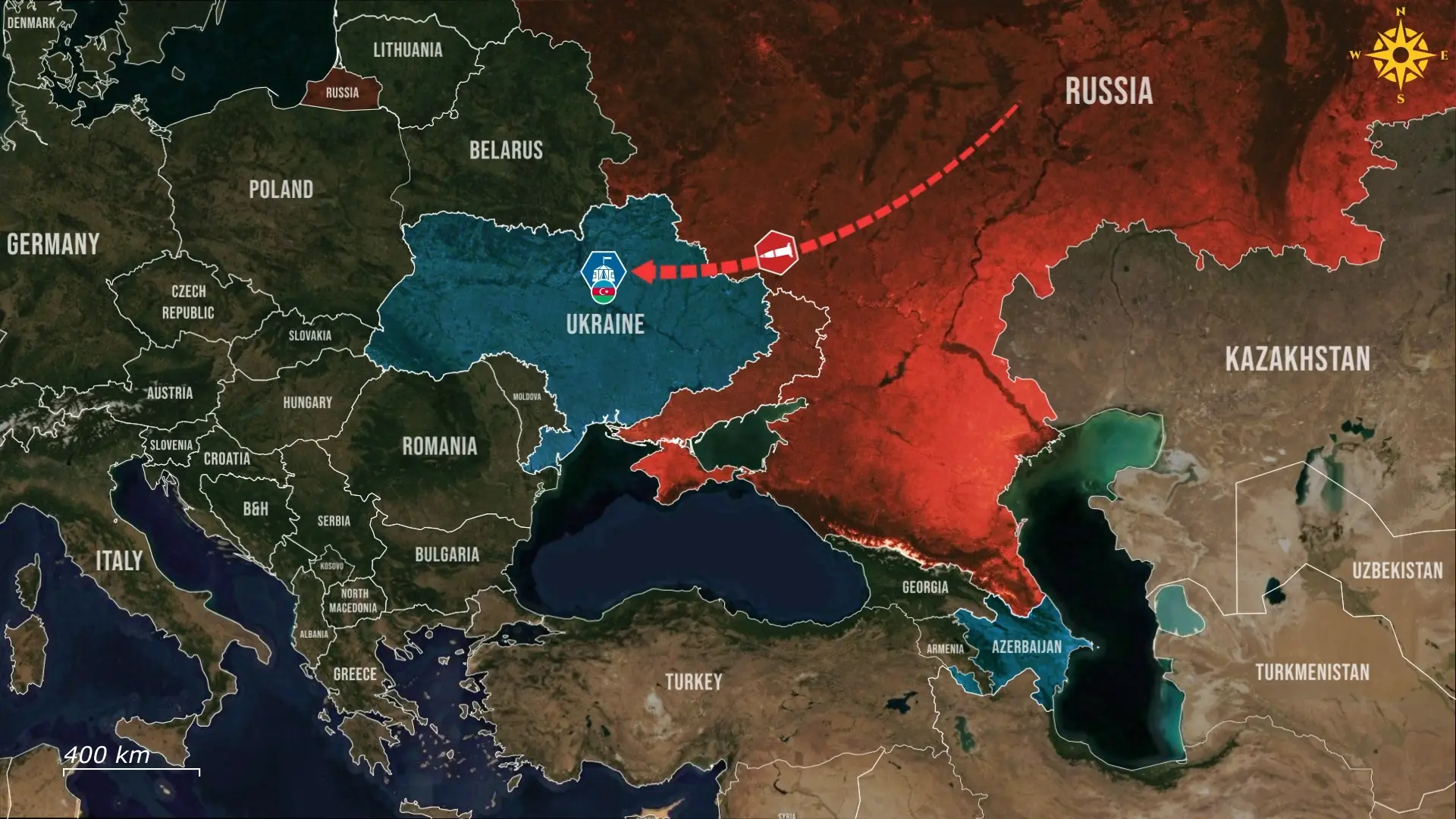
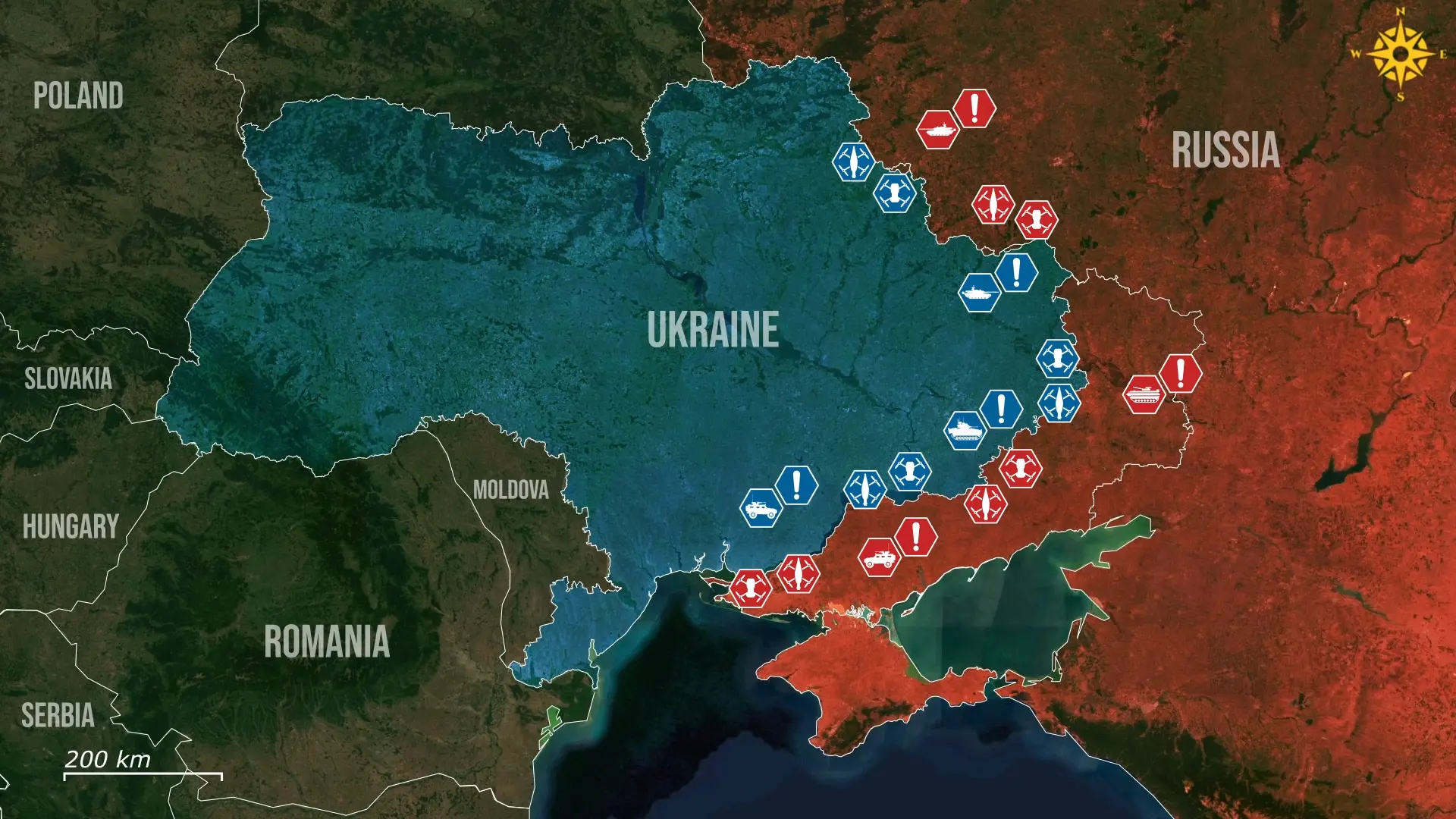
Comments